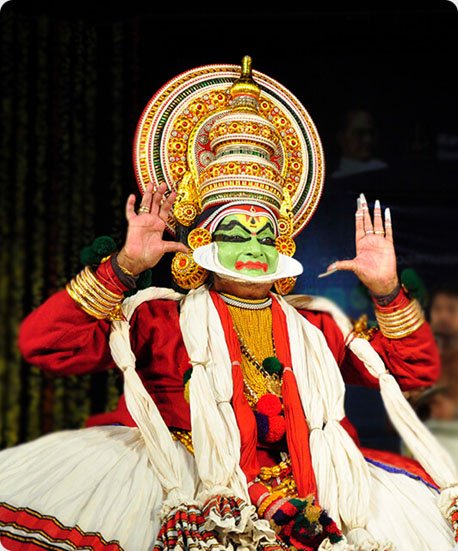Mohiniyattam
Why in news :
- Classical dance legend Kanak Rele passed away on Wednesday in Mumbai.
- The Mohiniyattam exponent was awarded the first Guru Gopinath National Puraskaram of the Government of Kerala.
More about Mohiniyattam :
- It is an Indian classical dance form that developed and remained popular in the state of Kerala.

- Mohiniyattam dance gets its name from the word Mohini – a historical enchantress avatar of the Hindu God Vishnu, who helps the good prevail over evil by developing her feminine powers.
- Mohiniyattam’s roots, like all classical Indian dances, are in the Natya Shastra– the ancient Hindu Sanskrit text on performance arts.
- However, it follows the Lasya style described in Natya Shastra, that is a dance which is delicate, eros-filled and feminine.
- It is traditionally a solo dance performed by women after extensive training, though nowadays men can also perform the dance.
- The song is typically in Malayalam-Sanskrit hybrid called Manipravalam.
- The earliest mention of the word is found in the 16th-century legal text Vyavaharamala, but the likely roots of the dance are older.
- The dance was systematized in the 18th century, was ridiculed as a Devadasi prostitution system during the colonial British Raj.
- It was banned by a series of laws from 1931 through 1938, a ban that was protested and partially repealed in 1940.
- The socio-political conflict ultimately led to renewed interest, revival and reconstruction of Mohiniyattam by the people of Kerala, particularly the poet Vallathol Narayana Menon.
More about Kathakali :
- It is a major form of classical Indian dance.
- It is a “story play” genre of art, but one distinguished by the elaborately colourful make-up and costumes of the traditional male actor-dancers.

- It is native to the Malayalam-speaking south-western region of Kerala and is almost entirely practiced and appreciated by Malayali people.
- The traditional themes of the Kathakali are folk stories, religious legends and spiritual ideas from the Hindu epics and the Puranas.
- The term Kathakali is derived from katha which means “story or a conversation, or a traditional tale”, and kali which means “performance” or “play”.
- The dance symbolises the eternal fight between good and evil.
- Kathakali is structured around plays called Attakatha written in Sanskritized Malayalam.
- These plays are written in a particular format that helps identify the “action” and the “dialogue” parts of the performance.
- Of all classical Indian dances, Kathakali has the most elaborate costuming consisting of head dresses, face masks and vividly painted faces.
- It typically takes several evening hours to prepare a Kathakali troupe to get ready for a play.
Syllabus : Prelims; Art and Culture

